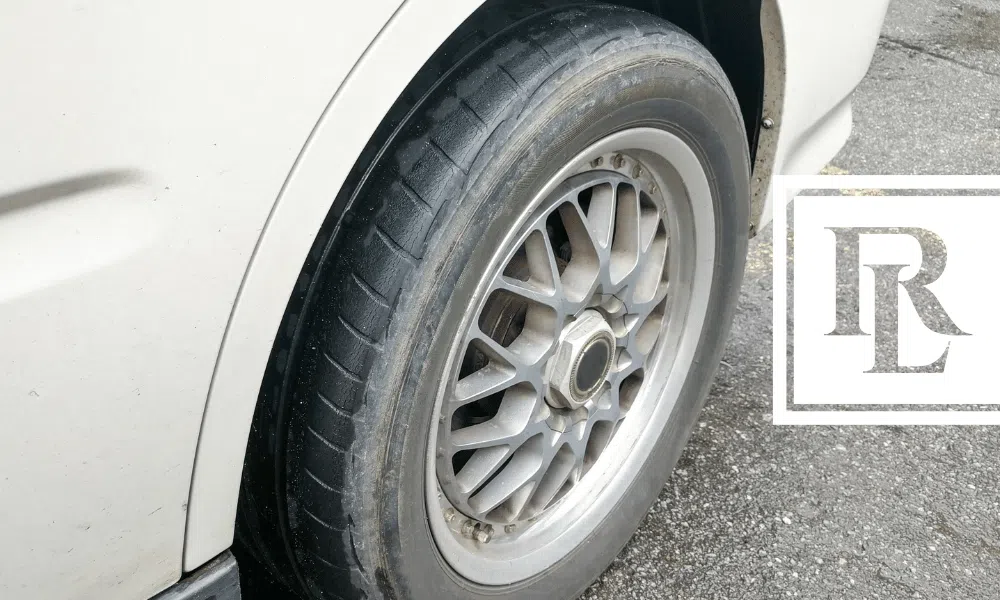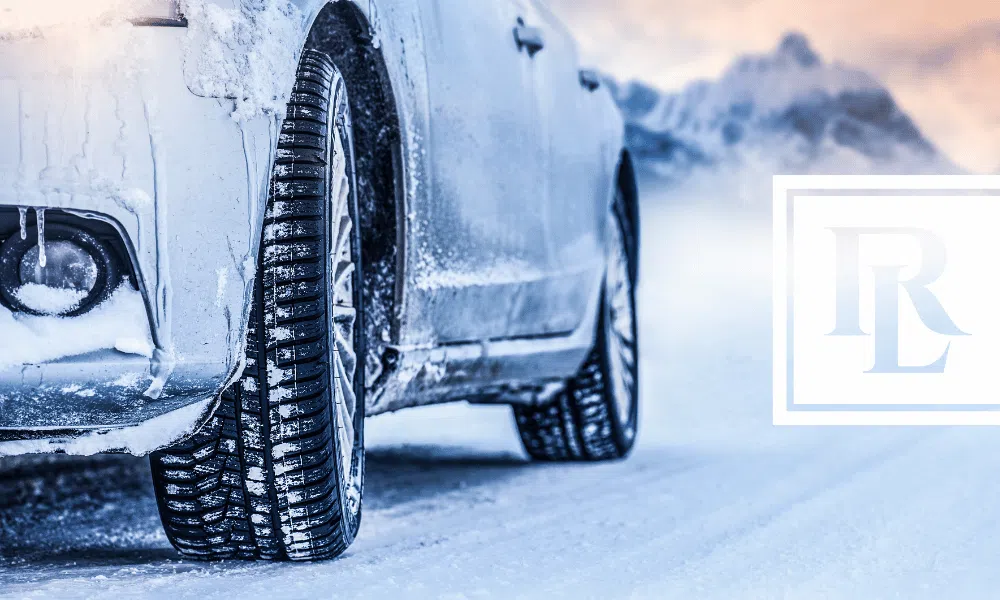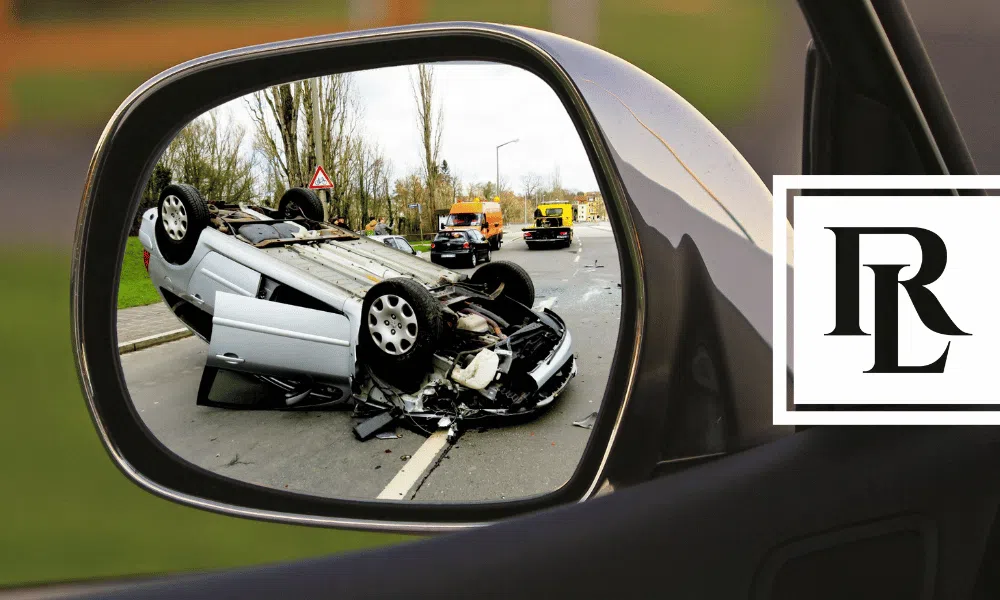Safe tires are one of the most important parts of a vehicle. And while people often remember to check their tires for proper air pressure, they forget that tire baldness is an equally influential factor in determining safety. In fact, a 2001 survey by the National Highway Traffic Safety Administration (NHTSA) revealed that 9 percent of passenger cars driven on roads in the U.S. have at least one bald tire. And a Crash Causation Survey from NHTSA found a tire had an issue before the crash in one of every 11 motor vehicle crashes.
Driving with bald tires can increase a motorist’s risk of accident and injury greatly. For all you need to know about what balding tires are, how they’re dangerous and how to protect yourself, read on:
What are Bald Tires?
Tire balding refers to wearing away of the tire’s tread. The tread is the outermost part of the tire that makes contact with the road and is characterized by a pattern of grooves and sipes. This pattern helps the tire to maintain its “grip” on the road, aiding in vehicle control, especially on slippery or wet surfaces. Usually, tires will last three to four years before balding, depending on use. Sometimes, balding will occur only in one area or on one part of the tire. In the 2001 report, the NHTSA considered a tire “bald” if tread depth was 1/16th of an inch or less.
The Dangers of Bald Tires
Driving with bald tires can be extremely dangerous. The biggest worry is the tire’s loss of traction, especially on wet or slippery surfaces. Driving in inclement weather such as rain or snow can pose great risks to the motorist. While a tire in good condition will be able to grip the road better in wet conditions, a bald tire will not be able to grip the road properly in wet conditions. Difficulty stopping, hydroplaning and complete loss of control of the vehicle are possible.
However, bald tires aren’t dangerous in snow and rain alone; they’re dangerous on dry surfaces, too. The NHTSA reports that balding tires are more likely to be underinflated than tires with deeper tread, and underinflation can lead to a tire blowout. Plus, tires lacking proper tread may be more prone to punctures from objects on the road, which can cause a flat tire.
Loss of vehicle control, a tire blowout or a flat tire all can contribute to accidents and injuries. Rollover accidents, head-on collisions and road runoffs are just a few of the types of accidents for which motorists put themselves at risk when driving with bald tires.
Check Tires for Balding Regularly
To prevent the risk of accident, it’s best to inspect tires regularly. The Penny Test is often a great way to inspect your tires’ tread. Grab a penny and insert it into your tires’ tread, head down. If you can see the top of Lincoln’s head, you should have your tires inspected and consider replacing them. Take your vehicle to a trusted auto shop to have the tire replaced by professionals.
Get Legal Help if Injured in a Tire-related Crash
If you’ve been involved in an accident related to poor or defective tires and sustained injuries, speak with Rob Levine Law. You may hold a tire manufacturer or the other driver liable for the accident, depending on the circumstances. For help recovering compensation for your injuries, call us now at 1-800-LAW-1222 (529-1222).





